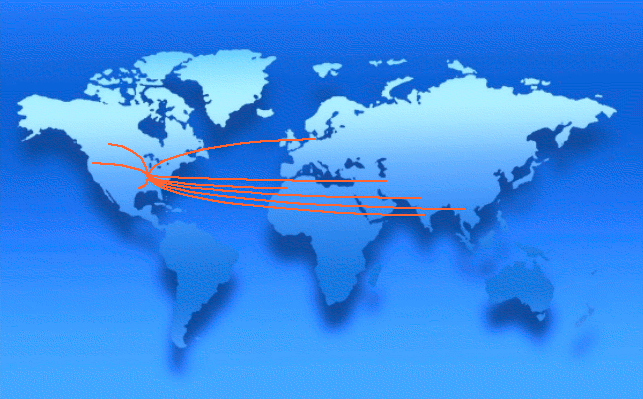Online Workshop
Computer Simulation of Biological and Artificial Membrane Channels
August 1-4, 2011

Modeling and simulation of molecular systems has become an inseparable component of modern research. In particular, molecular dynamics simulation is increasingly used to investigate the molecular mechanism of function and structure-function relationship of a wide range of biological macromolecules. The Theoretical and Computational Biophysics Group offered a online workshop, providing a brief introduction to such methodologies, and using membrane channels as an example of how theoretical biophysical methods and computer simulation technology can be applied to biological problems. Examples used in the class included aquaporin water channels as an example for biologically relevant materials, as well as carbon nanotubes as artificial materials. Modeling, simulation setup, and analysis of the results was demonstrated along with the lessons learnt from simulation studies of these systems. A pre-recorded streaming lecture was accompanied by hands-on tutorials in which participants set up and ran small simulations on their own, using the TCBG's computational biology software, VMD and NAMD. Participants interacted with TCBG faculty and graduate students via email and a conference call with the instructor.
